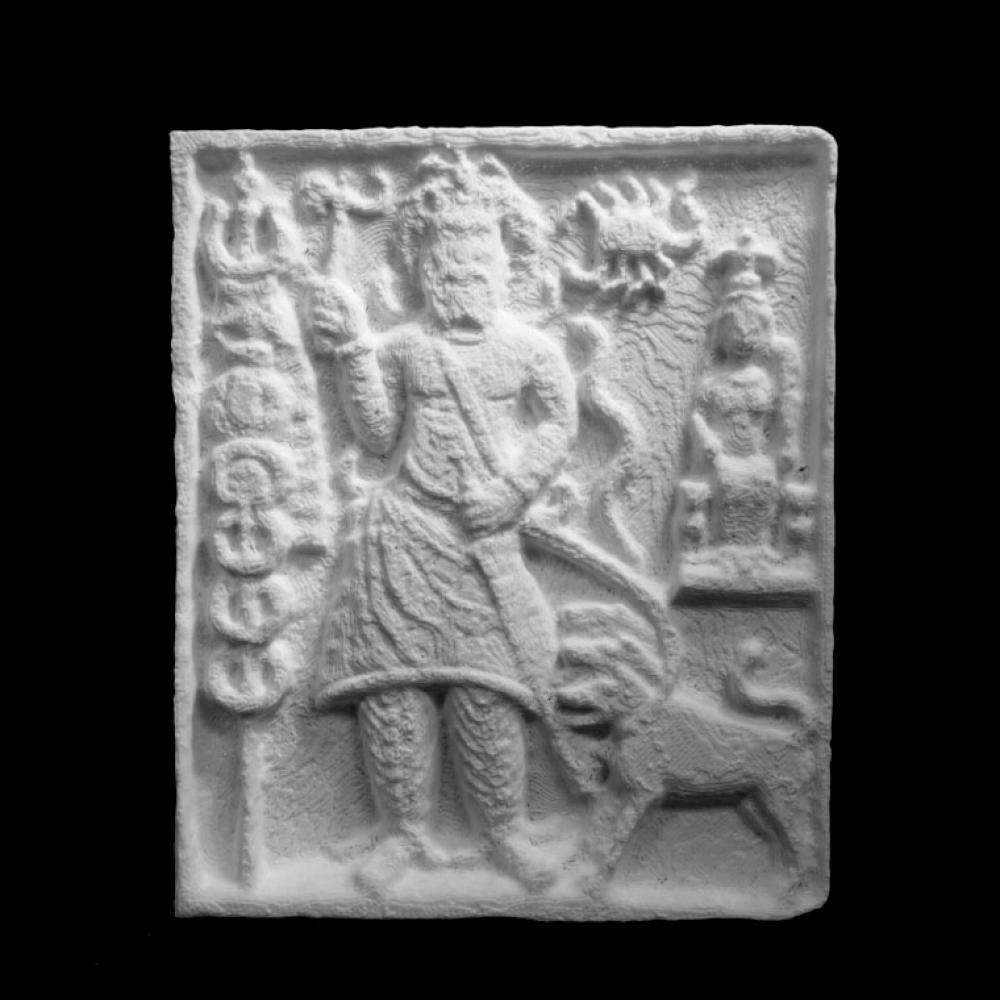
Relief Image of Hades at The Mosul Museum, Iraq
myminifactory
This artwork was discovered within the walls of a specific room in the First Temple. From this temple, numerous religious items and effigies were unearthed. The fact that the bodies of these effigies were found in one location while their heads were discovered elsewhere is a clear indication of the extensive plundering and devastation inflicted by Shapur I's armies during their invasion of Hatra. This particular artwork appears to have escaped damage due to its encasement within the wall. When uncovered, an altar bearing the name of Kanzayw was found, who dedicated a deified image of himself to the First Temple (MM. 34). He is also credited with constructing this altar. The artwork depicts a figure standing in the center, surrounded by various symbols and creatures. The figure appears to be holding a staff or scepter, and is accompanied by a three-headed dog, which is often associated with the Greek god Hades. However, the presence of other symbols such as the dove and fish suggests that this may not be a representation of Hades at all, but rather the Semitic goddess Atargatis. Atargatis was a fertility goddess worshipped in Syria during the time period depicted in the artwork. She is often associated with the crescent moon, sun, and lion, which are all present in the artwork. The dove and fish, on the other hand, were considered sacred offerings to the goddess. The figure in the center of the artwork may be a representation of Hadad, the consort of Atargatis. However, this identification is complicated by the fact that Hadad was also known as Adad or Addu, and was often associated with the Greek god Hades. This raises questions about the potential overlap between these two deities in ancient Semitic mythology. Despite these complexities, it is clear that the artwork depicts a confluence of different mythological traditions. The simplified sculptural technique used to create the artwork, which features carved lines and painted details, was popular during the Sasanian Dynasty. This style can be seen in other artworks from this period, including the portrayal of Goddess Anahita on a silver pitcher owned by the Archaeological Museum in Tehran. Overall, this artwork provides valuable insights into the mythology and artistic traditions of ancient Mesopotamia. Its depiction of complex mythological figures and symbols suggests that the artists who created it were familiar with multiple cultural traditions, and were able to synthesize these influences into a unique and compelling visual narrative.
With this file you will be able to print Relief Image of Hades at The Mosul Museum, Iraq with your 3D printer. Click on the button and save the file on your computer to work, edit or customize your design. You can also find more 3D designs for printers on Relief Image of Hades at The Mosul Museum, Iraq.
